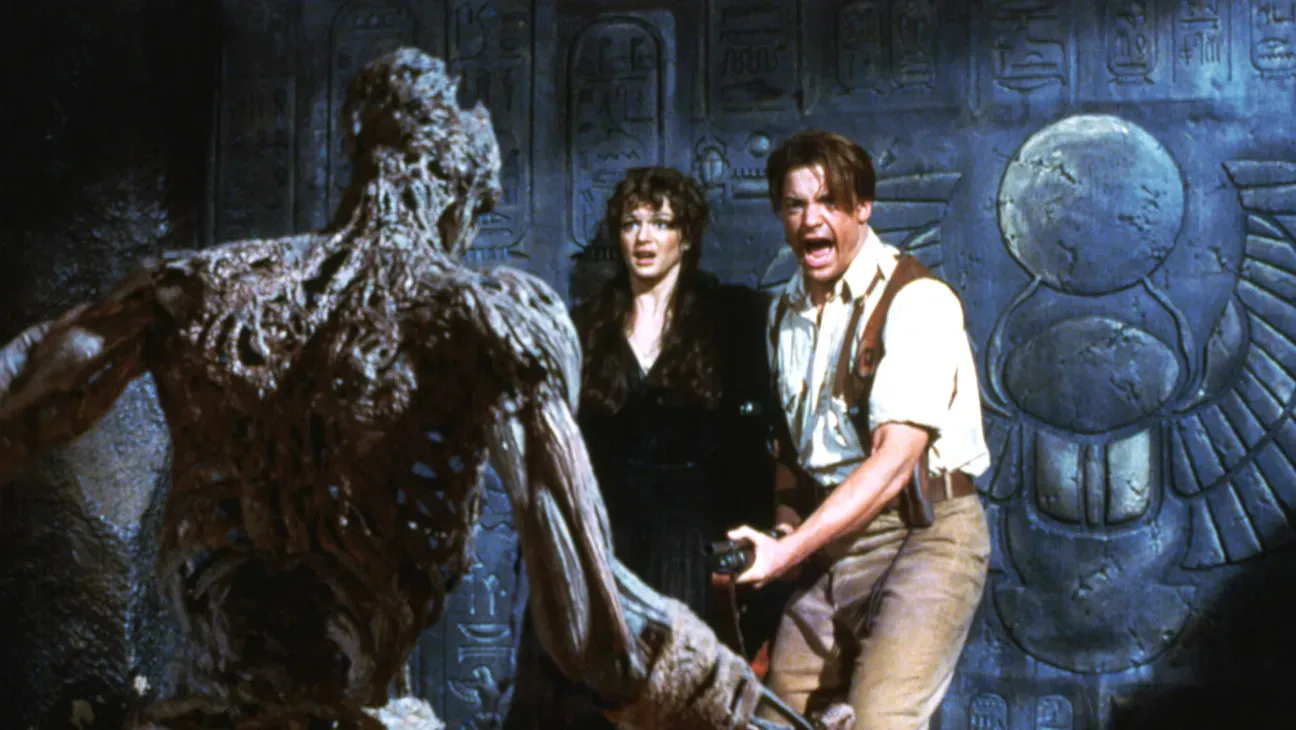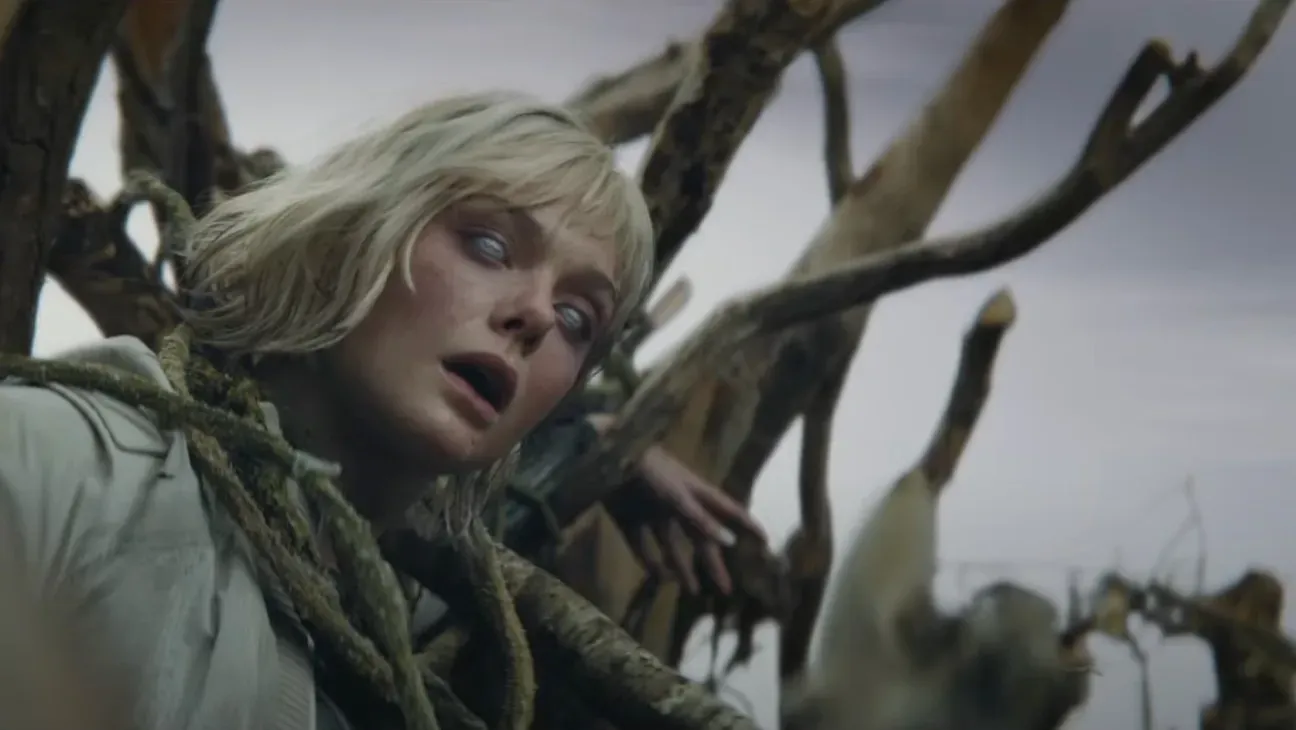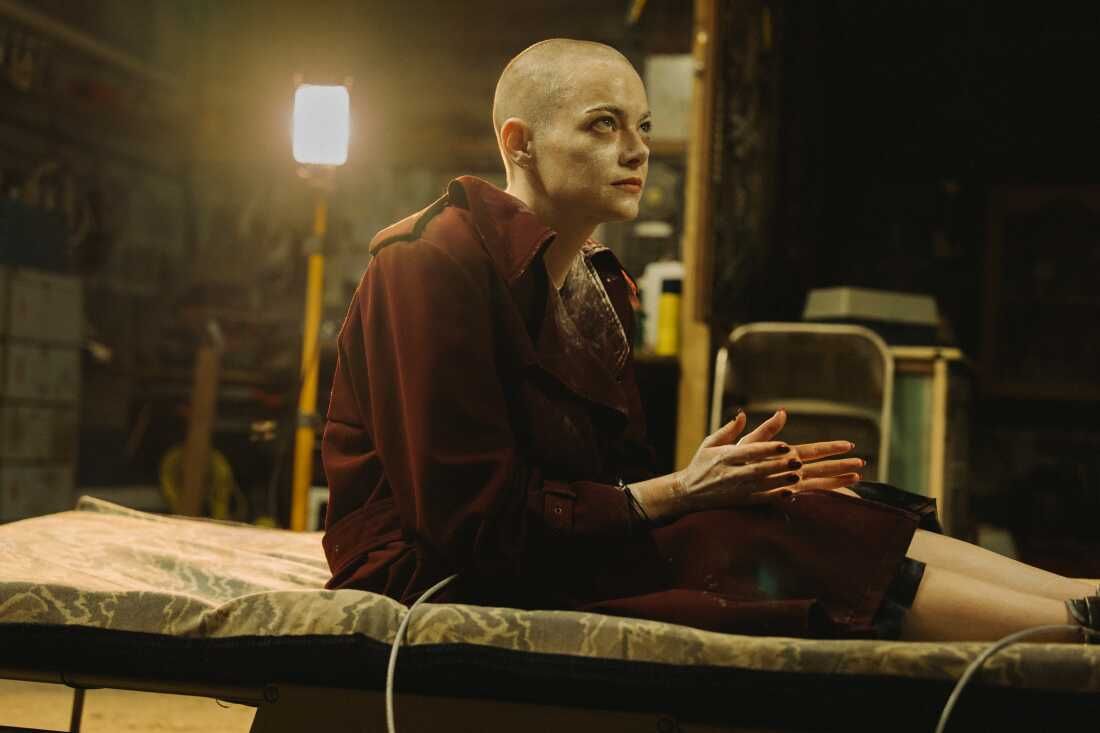
Rediscovering the Primal Fear: A Tribute to Spielberg's 'Jaws'
- Jun 28, 2025
One of my most vivid movie recollections date back to 1975, watching Jaws in a Newcastle, Australia theater, bustling with enthusiastic kids and teenagers. It's not shocking that a city with extended golden beaches would be particularly susceptible to Steven Spielberg’s timeless shark horror.
Even then, the screams were piercing, the anxious laughter succeeding each thrill of terror was infectious and the tangibility of whole rows of seats quaking as people impulsively raised their legs - and “out of the sea” – during each assault was memorable.
This was prior to the influx of colossal Imax displays, ground-shaking sound systems, and haptic motion seats that made the tactile cinema experience regular. It paralleled the modern-day version of French spectators ducking or even fleeing the cinema as the Lumière brothers hurled a train at them in 1896, whether that’s an urban legend or not.
Spielberg’s first significant breakthrough single-handedly revolutionized Hollywood’s business model, heralding the age of the blockbuster summer flick. I've had a weakness for shark thrillers ever since, and even after numerous watchings, Jaws still frightens me.
The film induced a rash of copycats that persist till today, intending to exploit our primary dread of the beast from the abyss. Some are quite slender and brutal, like the narration-light Open Water in 2003 or 2016’s The Shallows, which was primarily Blake Lively in a bikini being stalked on a rock by a great white for 90 minutes.

But nothing can ever match the suspense that paralyzes our veins at the sound of that ageless two-note ostinato, John Williams’ terrifying score. There are also the unforgettable scenes - Brody scooping chum from a bucket off the back of the Orca, Scheider’s Chief Brody witnessing horror from the beach, or the shark revealing its razor teeth.
Spielberg’s directorial prowess, even at that nascent stage of his career, was evident. Particularly noteworthy was his skillful use of the malfunctioning mechanical sharks, which forced him to improvise, consequently creating one of the greatest screen examples of the power of an unseen monster to terrify audiences.
Technical issues also led Spielberg to utilize more footage shot by pioneering Australian underwater cinematographers Ron and Valerie Taylor, especially in a highlight scene where a shark attacks and shatters a dive cage. This scene featuring a real great white in action instigated a script rewrite that saved the character of Matt Hooper, the cocky oceanographer played by Richard Dreyfuss.
Shot on Martha’s Vineyard, Jaws continues to elicit unease whenever I take a dip in Provincetown. Regardless of recent shark reports or warning signs on main beaches, my "Chief Brody” moment never hinders my seaside enjoyment.







